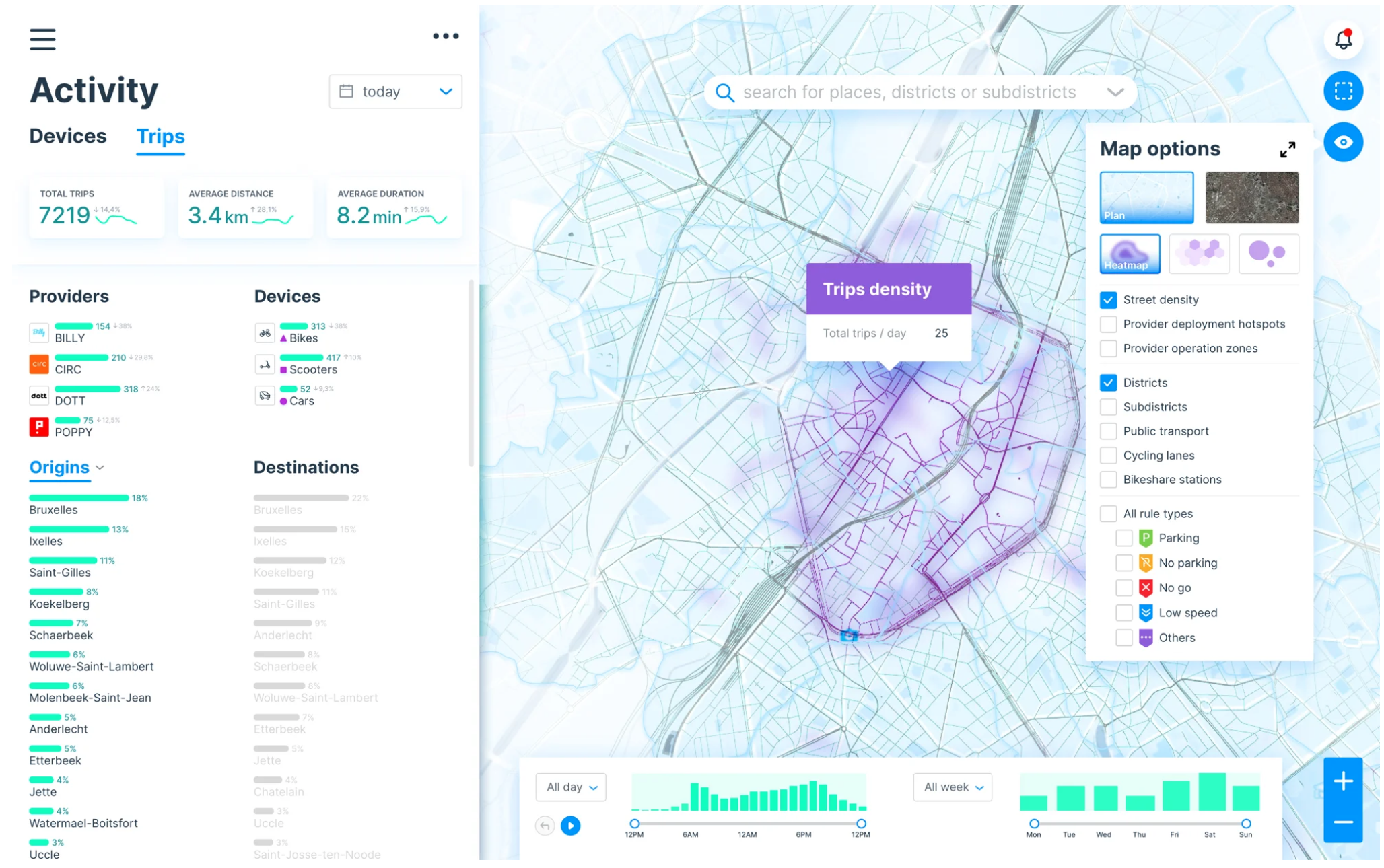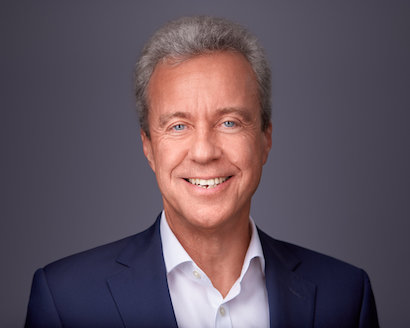Uber’s delivery business in Spain has settled with local labor unions which were challenging its dismissal of more than 4,000 riders in August last year ahead of a labor law reform coming into force — acknowledging the dismissed couriers as staff and agreeing to pay severance equivalent to 45 days’ salary per year worked (via Reuters).
In a statement emailed to TechCrunch, an Uber spokesperson said:
“This agreement with worker unions in Spain aims at compensating couriers who were not able to access our app following the introduction of the Rider Law in 2021. We have since then launched a new model in full compliance with the new local regulatory framework and remain open to dialogue with all relevant parties to continue to improve independent work for all.”
The ‘Riders Law’, as the 2021 Spanish labour law reform is known, was aimed at platforms perceived to be falsely classifying delivery couriers as self-employed — introducing a presumption of employment for those providing such services through digital platforms.
Uber’s decision to let go of thousands of couriers ahead of this change in their employment status was dubbed a de facto collective dismissal by unions FeSMC-UGT and CCOO-Servicios — who challenged its action before the National Court. The court initially dismissed the challenge but in a ruling in July the Supreme Court revoked the lower court’s decision, deciding that the unions could challenge the dismissal and triggering a retrial.
Uber appears to have settled to avoid this, as the retrial in the National Court was scheduled for today.
The unions said 4,404 couriers who were dismissed by Uber last year should receive compensation under the settlement.
“This is a historic agreement,” they write in a press release (which we’ve translated from Spanish). “For the first time a collective dismissal of delivery people has been recognized in court and guarantees the collection of compensation for each of those affected, in amounts that are better than those established in law.”
Delivery workers who are affected by the settlement should receive an email from Uber’s local delivery firm, which is called Portier Eats Spain, informing them of the agreement and the amount of compensation they should receive, per the unions.
In order to claim compensation due they need to reply within a month of receipt of the message, accepting the compensation and confirming their bank details for transferring the payment — which should be remitted within four months.
Affected couriers who no longer have access to the email address they previously used to communicate with Portier Eats Spain are instructed to contact FeSMC-UGT immediately by email — at plataformasdigitales@fesmcugt.org — in order for the union to manage the payment of their compensation.
Change of compliance gear
While Uber has agreed to recognize that these former couriers were employees, it has recently changed how it responds to Spain’s Riders Law.
An Uber spokesperson told us the company now operates two different models in Spain — one of which entails working with third party fleet partners who employ couriers directly. But it has also, since September, launched a tweaked model which enables couriers to remain independent (i.e. self employed) without — it claims –breaching the Rider Law.
“Our new model allows couriers who want to remain independent to deliver in compliance with Spain’s labor regulations. This model involves structural changes to further enhance couriers’ control over their experience with the app, including the ability to set their own fares,” its spokesperson said.
Delivery platforms in Spain responded in a variety of ways to the change in the labor law last year — including pulling out of the market altogether (in the case of Deliveroo). Others claimed to have adapted their models, such as homegrown rival Glovo, which claimed it would take on some riders as staff but does not appear to have employed the vast majority of its couriers.
That led to some tension with Uber — which earlier this year penned an open letter accusing Glovo of flouting the labor reform and complaining it was unable to contract enough couriers to secure its service because so many were opting for ongoing ‘self-employment’ with Glovo.
Fast forward a few months and Uber has reworked its playbook to steer closer to Glovo’s.
That may not be the soundest compliance strategy, however, as the latter continues to face regulatory bumps on home turf — such as a $78M penalty it was hit with in September for employment law breaches attached to its employment classification of riders.
The company claimed that sanction pre-dated the entry into force of the Riders Law but fresh challenges to its tweaked model — and to Uber’s — are all but certain.
Zooming out, last year, European Union lawmakers proposed a bloc-wide reform aimed at improving conditions for workers on gig economy platforms — proposing legislation to bring in a rebuttable presumption of employment across EU Member States with the goal of enforcing minimum standards in areas like pay, conditions and social protections.
However the file — and the proposed legal presumption of employment for platform workers — has proved divisive, as Euractive reported recently, with divisions emerging between national delegations and no compromise position yet adopted by the Council.
Uber’s food delivery platform agrees to pay severance to couriers let go ahead of Spain’s Riders Law by Natasha Lomas originally published on TechCrunch






